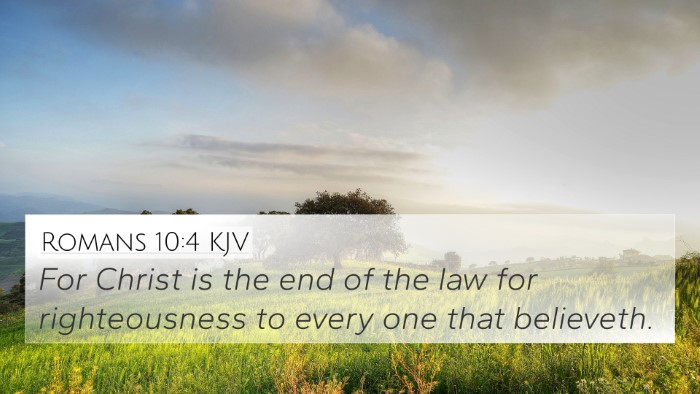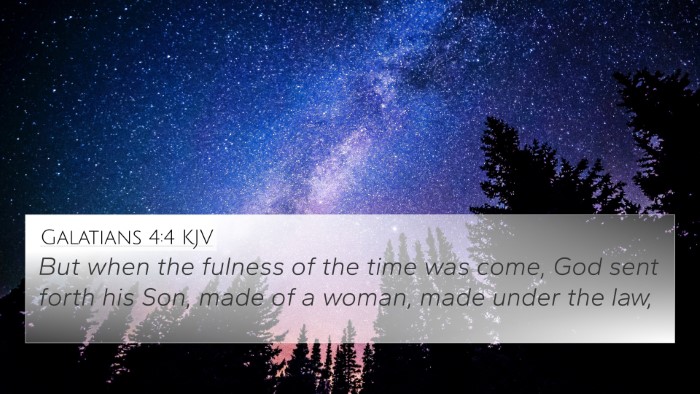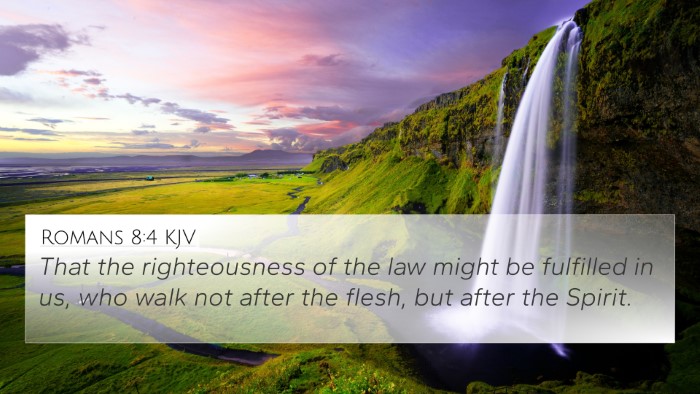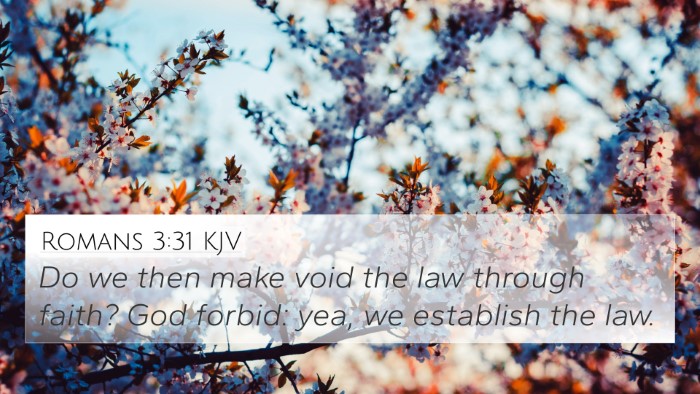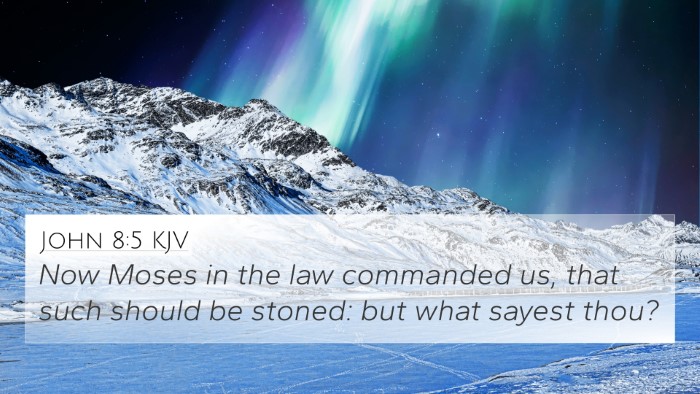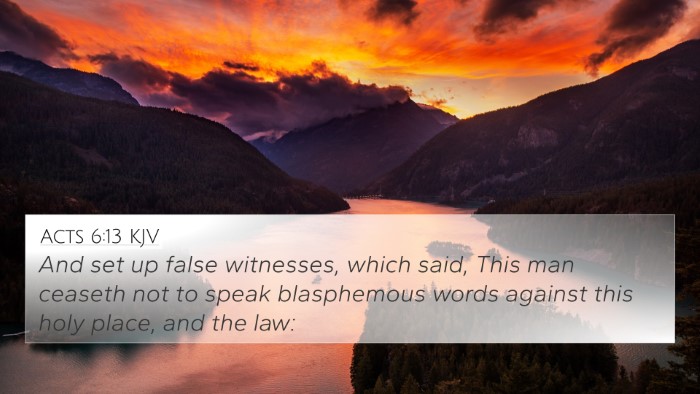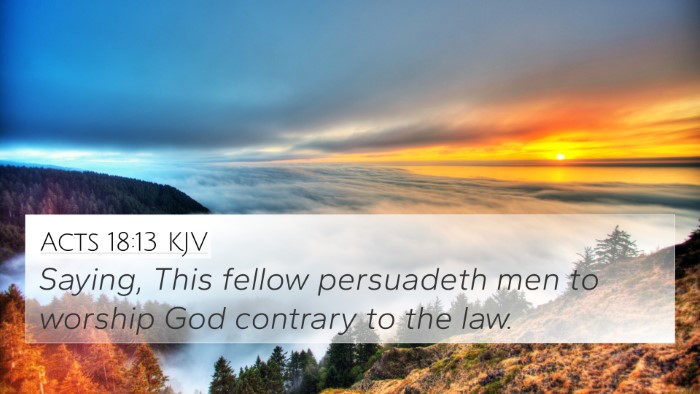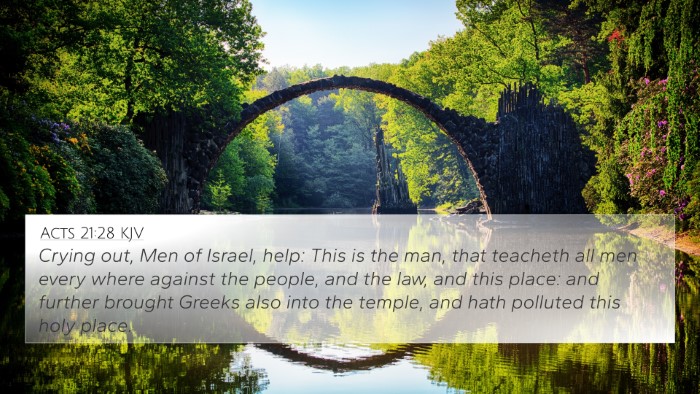Understanding Matthew 5:17
Verse: "Do not think that I have come to abolish the Law or the Prophets; I have not come to abolish them but to fulfill them." (Matthew 5:17)
Overview
This verse is a significant statement from Jesus during the Sermon on the Mount, where He clarifies His relationship with the Jewish Law and the prophetic writings of the Old Testament. Jesus addresses misconceptions about His mission, emphasizing His role as the fulfillment of the Law rather than its abolisher.
Commentary Insights
-
Matthew Henry:
Henry notes that Jesus affirms the enduring validity of the Law, underscoring that His purpose is not to dismantle it but to bring its true meaning to completion. He highlights that the Law was a preparation for the Gospel—pointing to Christ's coming and emphasizing its spiritual intent.
-
Albert Barnes:
Barnes asserts that Jesus’ declaration serves as a reassurance to devout Jews about the continuity of their sacred texts. He elaborates that Jesus embodies the righteousness sought by the Law and fulfills its requirements, making it possible for believers to live in accordance with God's will.
-
Adam Clarke:
Clarke emphasizes that the Law and the Prophets represent the entirety of the Old Testament scriptures. He suggests that Jesus, through His teachings and actions, exemplifies the fulfillment of all prophetic promises, thus validating the scriptures rather than contradicting them.
Cross-References
This verse connects to several other Scriptures that highlight its meaning and context:
- Romans 10:4: “For Christ is the end of the law for righteousness to everyone who believes.” – This verse reinforces the idea that Christ fulfills the Law.
- Galatians 3:24: “So the law was our guardian until Christ came, that we might be justified by faith.” – Indicates the role of the law as a precursor to Christ's redemptive work.
- John 1:17: “For the law was given through Moses; grace and truth came through Jesus Christ.” – Highlights the transition from Law to grace through Jesus.
- Luke 24:44: “He said to them, ‘This is what I told you while I was still with you: Everything must be fulfilled that is written about me in the Law of Moses, the Prophets and the Psalms.’” – Affirms Jesus’ fulfillment of the entire Old Testament.
- Hebrews 10:1: “The law is only a shadow of the good things that are coming—not the realities themselves.” – Indicates that Jesus represents the substance of what the Law foreshadowed.
- Matthew 22:37-40: Jesus summarizes the Law as loving God and loving others, showing its underlying principles.
- John 5:39: “You study the Scriptures diligently because you think that in them you have eternal life. These are the very Scriptures that testify about me.” – Jesus points out that the Scriptures testify of Him.
Thematic Connections
This verse opens up several thematic connections within biblical texts:
- The Law and Grace: The transition from adherence to Old Testament Law to living under the grace provided through Christ.
- Prophecy Fulfilled: How Jesus fulfills Old Testament prophecies and the implications for believers today.
- Righteousness: Understanding true righteousness and how it is achieved through faith in Christ rather than through the Law alone.
Practical Application
This verse encourages believers to:
- Recognize the continuity between the Old and New Testaments.
- Understand that Jesus' teachings are rooted in the Law and the Prophets.
- Appreciate the significance of Jesus' role in fulfilling God's plan for humanity.
Conclusion
Matthew 5:17 serves as a foundational statement on the relationship between Jesus and the Jewish Law, challenging believers to understand the depth of God's revelation through scripture. As we explore the connections between Bible verses, we can glean deeper insights into the thematic essence of both the Old and New Testaments, enhancing our biblical understanding.



